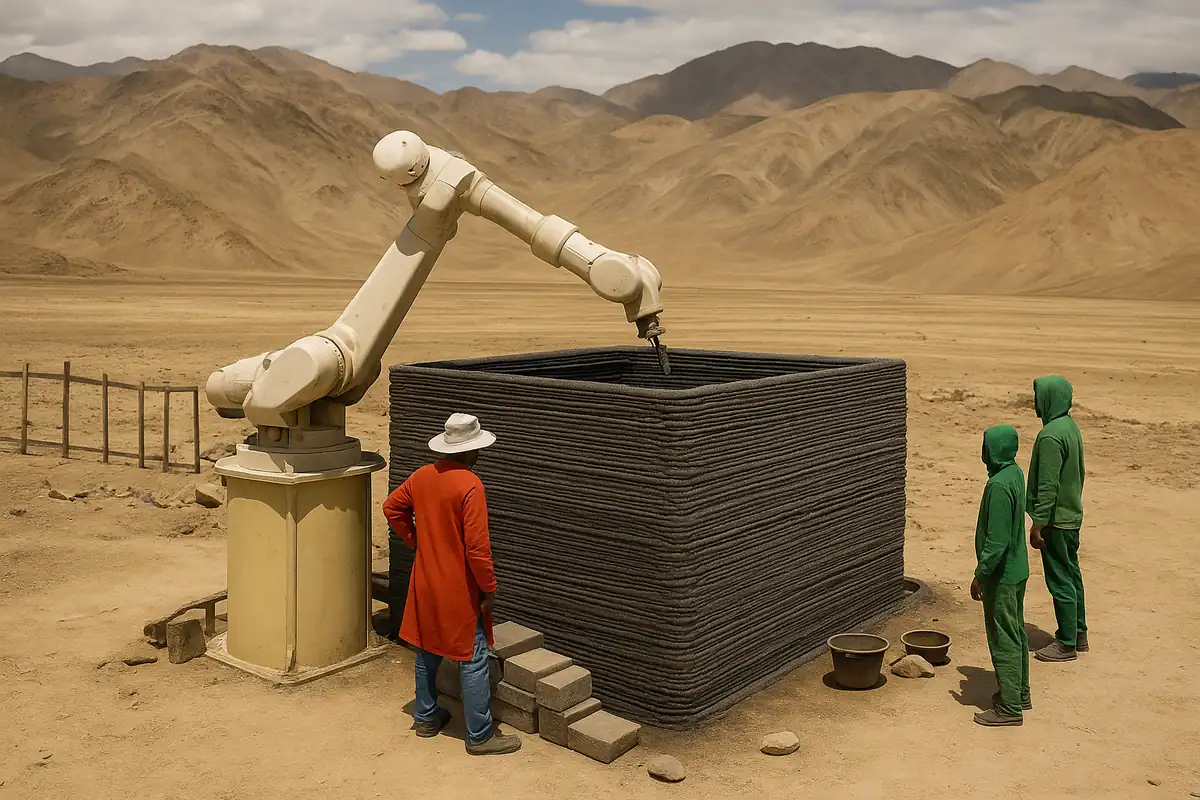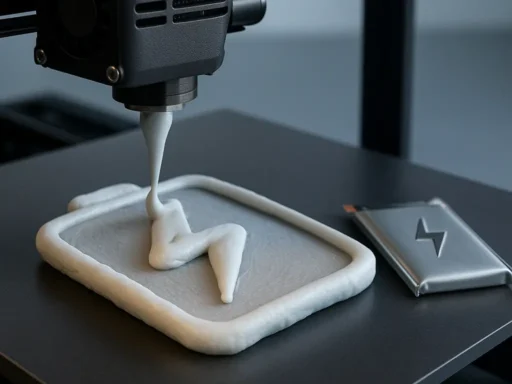The Indian Army has set a new record by 3D printing infrastructure at the highest altitude ever recorded – on a Himalayan mountain top.
Alongside the Indian Institute of Technology Hyderabad (IIT-H) and service provider Simpliforge Creations, India’s military 3D printed the bunker 11,000 feet above sea level. Made from local materials, the proof-of-concept structure showed that it’s possible to rapidly erect positions on the battlefield, in a way that could boost the country’s future defensive preparedness.
Simpliforge was tapped for the job due to its in-house, robotic arm-mounted construction 3D printer. The company has even come up with its own software and ‘Simplicrete’ material, but despite this, the on-site atmospheric conditions necessitated the creation of a new formula.
“One of the most critical aspects of this project was the development of specially engineered materials tailored to perform in extreme environmental conditions,” IIT-Hyderabad Professor K V L Subramaniam told PTI.
“Operating at high altitudes with low oxygen levels, low humidity and significant thermal variations required not just structural innovation, but also material science at its finest.”
Even though they were working at 40-50% oxygen levels, which impacted the performance of the Simpliforge’s team and 3D printer, they managed to get the structure finished inside two weeks. Using 3D printing, they were also able to add unique surface undulations that improve its protective capabilities – and the bunker is now open to personnel in the lofty city of Leh.
India’s army has already been toying with additive manufacturing for some time, opening its first modular 3D printed bunker in 2022. Earlier this year, ICON 3D printing was also used to build US Army barracks, so it’s not the only military experimenting with the technology either.
Whether it be the production of spare parts on the battlefield or infrastructure designed to keep personnel safe, it appears that 3D printing has a long military career ahead of it. Let’s just hope that the technology is only required on an experimental level for the foreseeable future!






